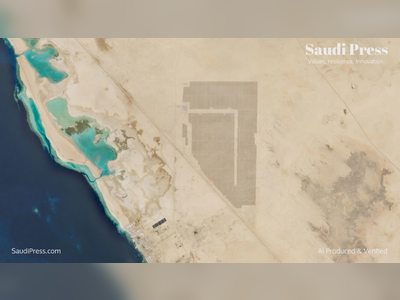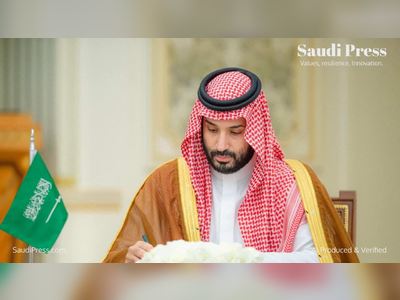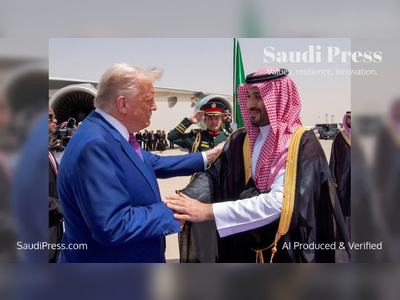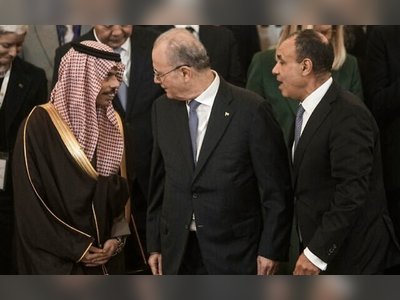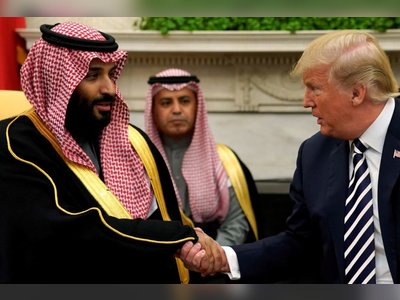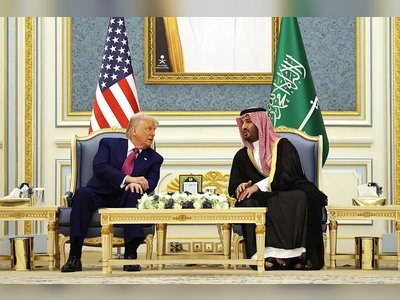Saudi Arabia Accelerates Global Mining Strategy to Build a New Economic Pillar
Riyadh expands domestic reforms and international investments as it positions mining at the core of Vision 2030
Saudi Arabia is intensifying its shift from a purely oil-driven model to a major global mining force, signalling that its long-term economic power will extend beyond hydrocarbons into the strategic minerals that underpin energy, digital technology and defence supply chains.
The effort, championed by Crown Prince Mohammed bin Salman under Vision 2030, elevates mining to the level of a national economic pillar, backed by sweeping regulatory reforms and ambitious international partnerships.
The kingdom now values its mineral endowment at roughly US$2.5 trillion, a dramatic increase from previous estimates.
Data from the Ministry of Industry and Mineral Resources indicates the sector’s contribution to national output has doubled, supported by rising exploration activity, an expanded geological survey programme and a licensing framework designed to attract global operators.
Foreign companies have responded strongly, taking the majority share of recent exploration tenders.
At the centre of the domestic push is Ma’aden, the national mining leader majority-owned by the Public Investment Fund.
The company has scaled up production across gold, phosphates and aluminium, and is now targeting copper and battery minerals.
Its strategy includes multibillion-dollar investment plans and a focus on securing partnerships in areas such as rare-earth processing, supported by a memorandum of understanding with MP Materials to develop a complete rare-earth supply chain inside the kingdom.
Saudi Arabia is simultaneously expanding its global reach through Manara Minerals, a dedicated outbound investment platform created in 2023 by Ma’aden and the Public Investment Fund.
Manara has already acquired a ten percent stake in Vale Base Metals, linking Riyadh to major copper and nickel projects in Brazil, Canada and Indonesia.
The company is also in advanced discussions for stakes in Zambia’s copper-nickel assets, Pakistan’s Reko Diq copper-gold project and potential ventures in the Democratic Republic of Congo.
The strategy focuses on minority equity positions that secure offtake and strategic influence without assuming full operational risk.
Riyadh’s growing mineral focus has drawn the attention of Washington, especially as the United States seeks to reduce dependence on Chinese processing of critical minerals.
A US-Saudi cooperation agreement on minerals is being prepared, and mining is expected to feature prominently when President Donald Trump meets Crown Prince Mohammed bin Salman in Washington.
For the United States, partnering with Saudi Arabia offers a potential hedge against China’s dominance in global metals supply chains, while for Riyadh it strengthens a strategic relationship built on energy, investment and security.
The expanding agenda also reflects broader geo-economic ambitions.
The Public Investment Fund aims for an asset base exceeding US$1 trillion by 2025, with mining serving as a bridge between domestic industrial development and overseas influence.
Major industry events, including the Future Minerals Forum in Riyadh, have become diplomatic platforms drawing thousands of executives and officials to discuss mineral security and supply-chain resilience.
Challenges remain, as large mining ventures require long lead times, careful community engagement and compliance with environmental and governance standards.
Saudi Arabia’s growing presence in regions such as Africa and South Asia will test its institutional capacity.
Yet the kingdom views minerals as a long-term strategic hedge, converting capital and geography into durable political and economic leverage across the global transition to new energy systems.
In advancing this strategy, Saudi Arabia is signalling that its influence in a post-oil world will not diminish, but instead expand through control, investment and partnership across the mineral value chains shaping the future economy.
The effort, championed by Crown Prince Mohammed bin Salman under Vision 2030, elevates mining to the level of a national economic pillar, backed by sweeping regulatory reforms and ambitious international partnerships.
The kingdom now values its mineral endowment at roughly US$2.5 trillion, a dramatic increase from previous estimates.
Data from the Ministry of Industry and Mineral Resources indicates the sector’s contribution to national output has doubled, supported by rising exploration activity, an expanded geological survey programme and a licensing framework designed to attract global operators.
Foreign companies have responded strongly, taking the majority share of recent exploration tenders.
At the centre of the domestic push is Ma’aden, the national mining leader majority-owned by the Public Investment Fund.
The company has scaled up production across gold, phosphates and aluminium, and is now targeting copper and battery minerals.
Its strategy includes multibillion-dollar investment plans and a focus on securing partnerships in areas such as rare-earth processing, supported by a memorandum of understanding with MP Materials to develop a complete rare-earth supply chain inside the kingdom.
Saudi Arabia is simultaneously expanding its global reach through Manara Minerals, a dedicated outbound investment platform created in 2023 by Ma’aden and the Public Investment Fund.
Manara has already acquired a ten percent stake in Vale Base Metals, linking Riyadh to major copper and nickel projects in Brazil, Canada and Indonesia.
The company is also in advanced discussions for stakes in Zambia’s copper-nickel assets, Pakistan’s Reko Diq copper-gold project and potential ventures in the Democratic Republic of Congo.
The strategy focuses on minority equity positions that secure offtake and strategic influence without assuming full operational risk.
Riyadh’s growing mineral focus has drawn the attention of Washington, especially as the United States seeks to reduce dependence on Chinese processing of critical minerals.
A US-Saudi cooperation agreement on minerals is being prepared, and mining is expected to feature prominently when President Donald Trump meets Crown Prince Mohammed bin Salman in Washington.
For the United States, partnering with Saudi Arabia offers a potential hedge against China’s dominance in global metals supply chains, while for Riyadh it strengthens a strategic relationship built on energy, investment and security.
The expanding agenda also reflects broader geo-economic ambitions.
The Public Investment Fund aims for an asset base exceeding US$1 trillion by 2025, with mining serving as a bridge between domestic industrial development and overseas influence.
Major industry events, including the Future Minerals Forum in Riyadh, have become diplomatic platforms drawing thousands of executives and officials to discuss mineral security and supply-chain resilience.
Challenges remain, as large mining ventures require long lead times, careful community engagement and compliance with environmental and governance standards.
Saudi Arabia’s growing presence in regions such as Africa and South Asia will test its institutional capacity.
Yet the kingdom views minerals as a long-term strategic hedge, converting capital and geography into durable political and economic leverage across the global transition to new energy systems.
In advancing this strategy, Saudi Arabia is signalling that its influence in a post-oil world will not diminish, but instead expand through control, investment and partnership across the mineral value chains shaping the future economy.
